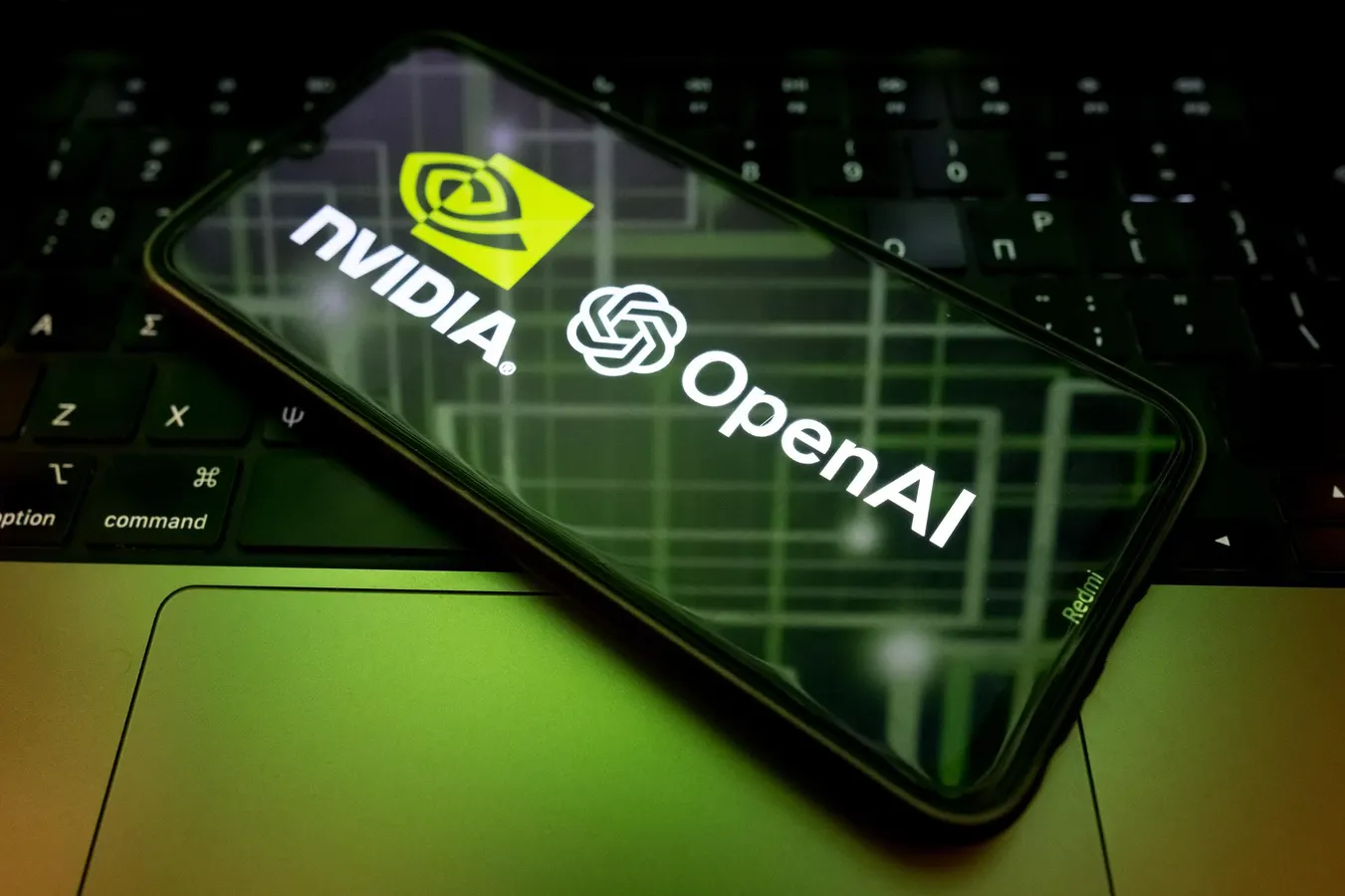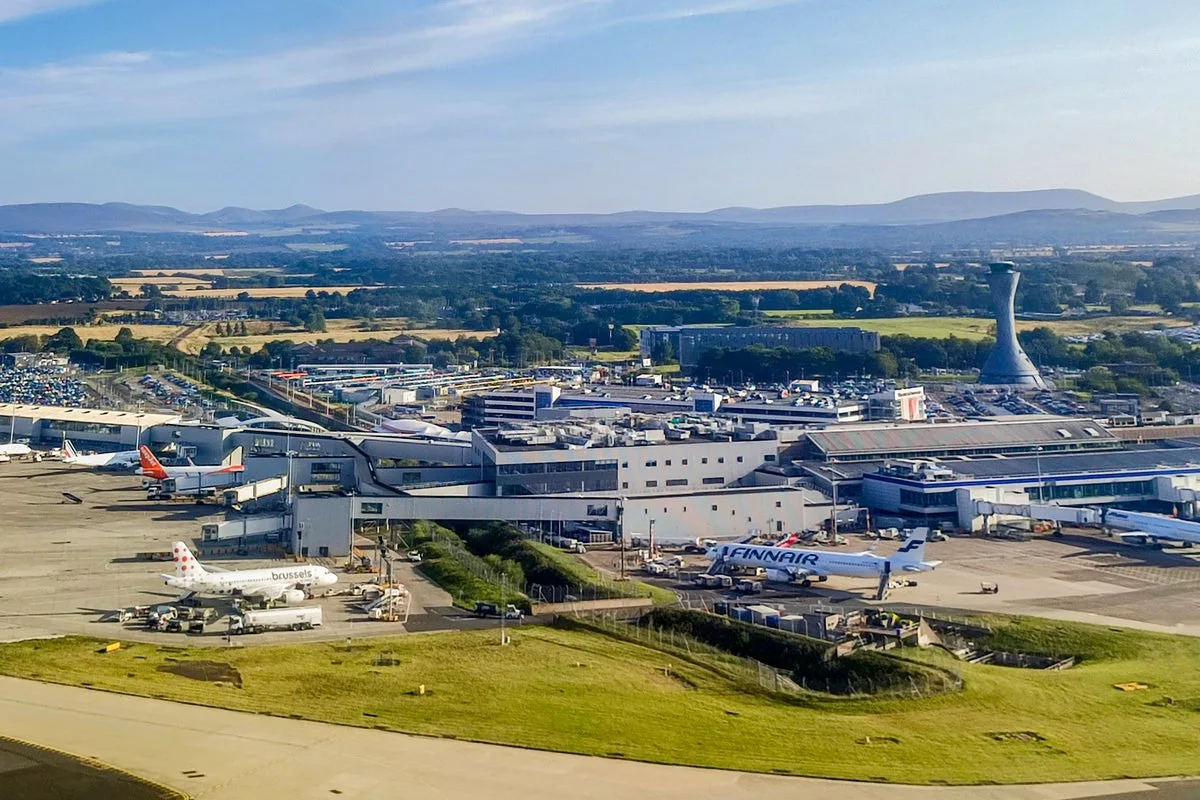Copyright forbes

OpenAI And Nvidia Announce Strategic Partnership NurPhoto via Getty Images Artificial intelligence is reshaping the world, but some of its most important changes are happening offstage. While models become more powerful and capabilities grow, a handful of dominant companies are engineering a new system that lives in the balance sheets and boardrooms. OpenAI, Nvidia, AMD, Broadcom, and CoreWeave are not just innovating in technology. They are building a financial structure where investment, infrastructure, and demand circulate in a tightly held loop. Each deal ties one player to another, blurring the lines between customer, supplier, and partner. In September 2025, Nvidia announced it would invest up to $100 billion in OpenAI to support the development of next-generation models. In exchange, OpenAI committed to building at least 10 gigawatts of data center capacity powered by Nvidia chips. This isn’t a simple funding agreement. Nvidia’s investment flows into infrastructure that guarantees long-term demand for its own hardware. Soon after, OpenAI reached a deal with AMD for chip supply and gained the option to acquire a 10% equity stake in the company. For OpenAI, the move secures a second source of critical compute power and strategic influence over the roadmap. For AMD, it’s a win that brings in a top-tier customer and strengthens its position in the AI arms race. Then, OpenAI partnered with Broadcom to co-develop custom AI accelerators. This arrangement brings chip design directly into OpenAI’s strategic planning. Broadcom benefits by embedding itself into the core of the AI stack, well beyond the role of a traditional component supplier. The picture becomes even more layered with CoreWeave. OpenAI signed a $6.5 billion contract for cloud infrastructure. CoreWeave runs on Nvidia hardware. Nvidia owns a stake in CoreWeave. The flow of money and value forms a tight circle. Nvidia supports CoreWeave. CoreWeave runs Nvidia’s chips. OpenAI rents that infrastructure. MORE FOR YOU In this circular economy, capital, infrastructure, and demand are kept inside the loop. The structure offers real advantages. OpenAI gains access to massive infrastructure without relying entirely on outside funding. Hardware makers like Nvidia and AMD lock in long-term demand and can plan production with greater certainty. Partnerships like the one with Broadcom allow deeper integration between software and hardware, improving performance and efficiency. Still, the model introduces complexity. When investment and procurement overlap, it becomes harder to tell how much of the growth is organic and how much is sustained by the financial structure itself. If one company in the chain slows down, the impact doesn’t stay isolated. It moves through the network, affecting suppliers, customers, and partners in ways that are difficult to contain. This type of interdependence also raises questions about access. As the major players build around each other, it becomes more difficult for outsiders to enter the closed-knit network. Compute, chips, and cloud capacity may become less available to those who aren’t part of the inner loop. The industry could drift away from open competition and toward selective participation. It’s still unclear how far this approach will spread its wings. It may extend into software, edge computing, or AI data platforms. Future deals could even include energy metrics or incentives tied to carbon efficiency. But what’s already certain is that the companies creating the future of AI are also reshaping how that future gets funded, delivered, and scaled. Editorial StandardsReprints & Permissions



